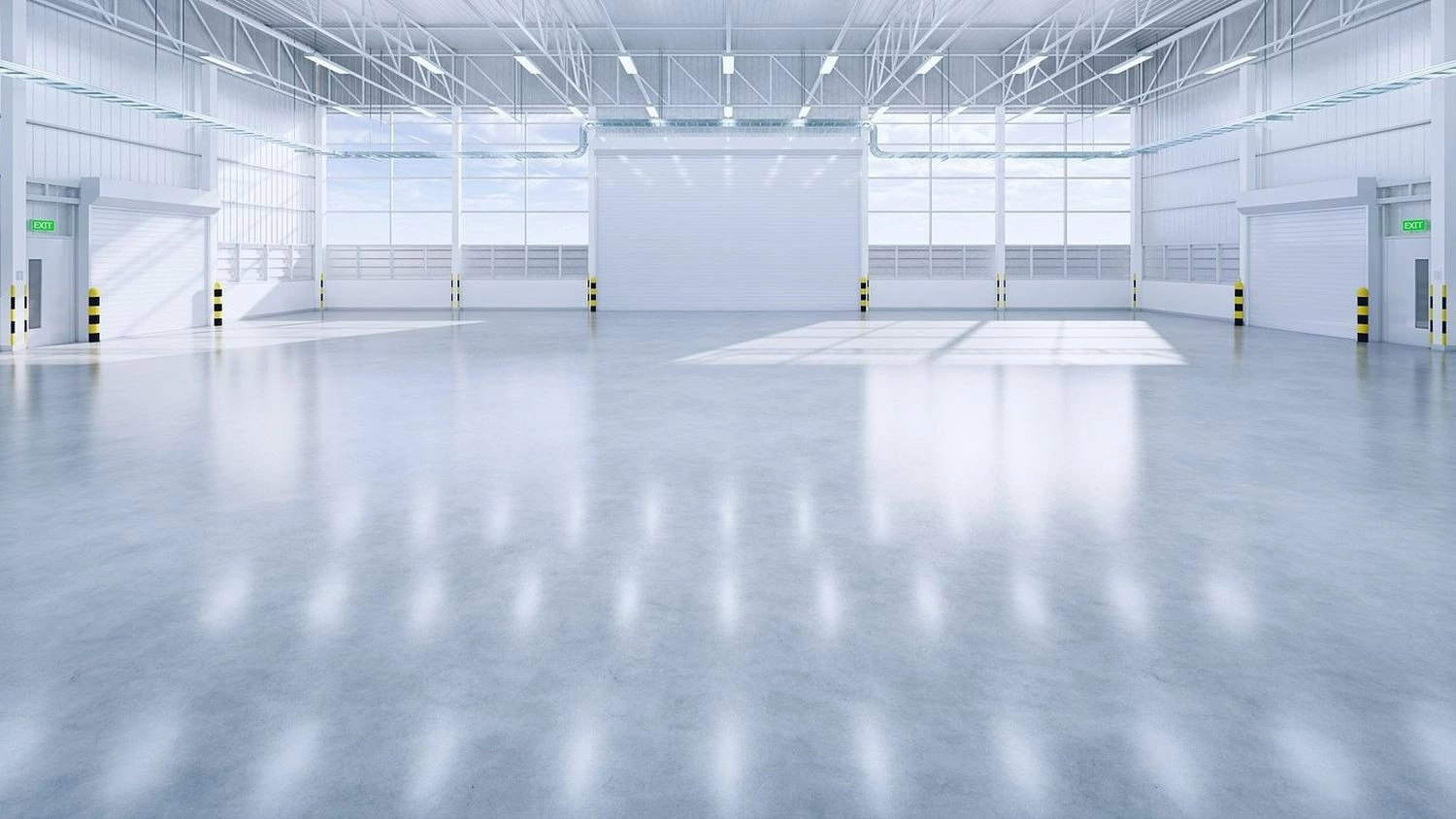
The Polish warehouse market remained stable in Q1 2022, with a slight decrease observed on the demand side with 1.56 million sqm leased (-2.5% y/y). On the supply side, developers completed over one million sqm (+44% y/y) projects. A record-breaking 4.9 million sqm remains under construction, with factors such as inflation and rising material and contractor prices driving rental rates up. Not without matter for the entire sector is the geopolitical situation behind Poland's south-eastern border, which may temporarily increase the demand of tenants relocating their business from Eastern Europe in the following quarters of the year. AXI IMMO presented the results of the Polish warehouse market in the period January - March 2022 in the report "Polish Warehouse Market in Q1 2022".
The first quarter of 2022 was noticeably calmer in transactions involving property or warehouse portfolios. The approx. €190 million generated represented 11% of the total investment market volume. Among the most significant transactions by the end of March 2022 were the purchase by a Korean entity of the Amazon Świebodzin BTS project from Panattoni in Western Poland (200,000 sqm|4 storeys), the acquisition by Partners Group & Peakside Capital Advisors (JV) of the 72,500 sqm Cromwell/White Star property portfolio (with a target of 150,000 sqm) in the Warsaw region, and the purchase of an investment plot in the Malopolska region by Revetas Capital from Panattoni, on which an industrial-logistics property for approx. 55,000 sqm can be built.
“The clear, over 50% share of warehouse assets in the investment market, which has been maintained for over two years, is seemingly starting to slow down. According to signalled scenarios for several months now, we are in the phase of a shortage of high-quality products, but we expect this situation to normalize in the coming quarters. In addition, the fact of rising rental rates may contribute to the reconsideration of purchasing warehouse assets by investors who have so far been postponing their entry into the Polish market. The third important factor is the fulfilment of ESG guidelines, which will enable launching financing for a new project and guarantee a higher ROI rate,” analyses Renata Osiecka, Managing Partner, AXI IMMO.
At the end of March 2022, the gross take-up in the Polish warehouse market amounted to 1.56 million sqm (-2.5% y/y), while new contracts alone accounted for over 1.12 million sqm (approx. 72% of gross take-up). The strongest activity at the beginning of the year was traditionally recorded in Upper Silesia, Warsaw, and Central Poland. Major lettings in Q1 2022 included a 65,300 sqm lease extension and expansion of a retail company at SEGRO Logistics Park Gliwice, followed by a 47,700 sqm lease for a retail chain customer in Hillwood Łowicz South and a 45,500 sqm lease for an e-commerce logistics operator at Hillwood Słubice II.
"As in previous quarters, we register the highest tenant activity from logistics, retail chains, and e-commerce sectors. We consider this state a stable trend that will stay with us for a long time. Possible unexpected demand will be more visible in the second quarter and half of 2022 and will be generated by companies developing in Eastern Europe so far. As a result of Russia's aggression in Ukraine, they are looking for a safe place to temporarily or permanently relocate. We have already observed in Q1 2022 a high level of inquiries to rent warehouse space just near the border with Ukraine and along the A4 highway. In the coming months, the continuation of this trend may contribute to a significant reduction in vacancy rates throughout Poland," explains Anna Głowacz, Head of Industrial and Logistics, AXI IMMO.
New realities, such as persistently high inflation, shortages in the supply of key materials and raw materials for warehouse construction, and rising contractors' costs, which significantly affect the time of completion of new investments, also impact the condition of the warehouse market. Despite the unfavourable circumstances, developers are not slowing down, and in Q1 2022, they delivered 1.02 million sqm. (+44% y/y), bringing the total warehouse space stock to 27 million sqm (+27% y/y). The largest projects delivered were Hillwood Bydgoszcz (105,000 sqm), P3 Poznań II (82,300 sqm) Hillwood Stryków BTS (72,900 sqm) and 7R Park Goleniów II (62,500 sqm). In terms of new supply, at the end of March 2022, there was 4.9 million sqm under construction (+113% y/y), of which over 58% was speculative development. The largest amount of space is under construction in Upper Silesia (over 900,000 sqm), Lower Silesia (725,000 sqm), Warsaw, and Central Poland (over 680,000 sqm each). New supply had a slight impact on the rise in vacancy levels, which at the end of March 2022 amounted to approx. 4% across Poland. The regions with the highest percentage of available space are Kujawsko-Pomorskie (16%), Szczecin (13%), and Eastern Poland (11%), while vacancy levels below 3% are in Poznań, Lower Silesia, and Tricity. In Q1 2022, we observed a continuation of the trend associated with rising rents, which translates into an average increase in offered rental rates from €0.2 to €0.4 per sqm.
"The analysis of the first three months of 2022 clearly shows that the warehouse market in Poland in terms of demand has prospects and chances for further steady growth. Despite factors limiting supply, we do not expect stagnation in the sector. A high ratio of speculative projects and rising rental rates may result in slightly lower dynamics on the demand side. In the following months of 2022, decisions of the government regarding the policy related to inflation or finding new alternative supply chains for energy resources and construction materials after the Russian aggression in Ukraine will be important. In the face of the challenges above and in the context of entering the next phase of maturity, the Polish warehouse market is no longer the cheapest in Europe. Still, it will remain attractive to tenants and investors. As a result, initial rental rates are beginning to compete with those observed in Western Europe," concludes Renata Osiecka.



